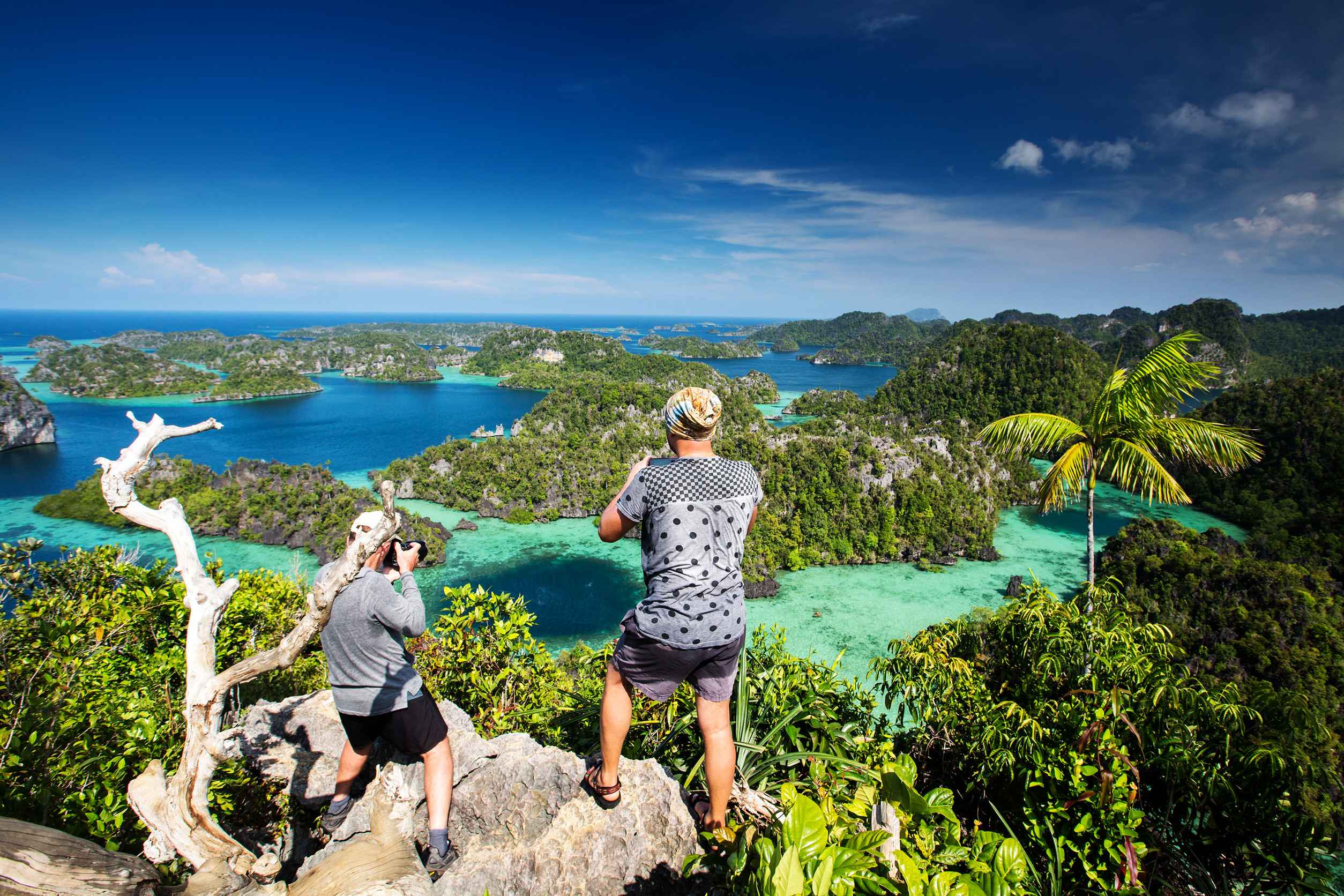
Indonesia stands out for its rich culture and linguistic diversity, with many languages across the archipelago. The official language, Bahasa Indonesia, unites the nation's diverse communities under one language. This article focuses on the top languages spoken in Indonesia beyond the well-known Javanese, Sundanese, Hindi, Chinese, Minangkabau, Dutch, and English.
The Indonesian language, officially recognised and constitutionally mandated, is the primary communication medium in administrative, educational, judicial, and media contexts. Its role as the lingua franca unites the nation's diverse populace, facilitating communication and fostering a sense of national identity among Indonesians.
While Indonesian (Bahasa Indonesia) is the most widespread, the archipelago's linguistic landscape is adorned with a multitude of regional languages, such as Javanese, Sundanese, Madurese, Minangkabau, and Balinese, each carrying its unique cultural significance and historical background.
Today, Bahasa Indonesia incorporates Dutch, English, and Arabic elements, reflecting the country's rich history of interactions and exchanges.
The regional languages of Indonesia, such as Javanese, Sundanese, and Madurese, are not merely dialects but are languages rich in history, literature, and tradition. Javanese, for example, is spoken by approximately 42% of the population and has significantly influenced the development of Bahasa Indonesia.
Its literary tradition, deeply infused with Sanskrit, showcases the enduring cultural exchange between Indonesia and the Indian subcontinent.
Sundanese, the language of West Java, boasts a distinct script and a rich oral and written tradition, while Madurese, Balinese, and Minangkabau reflect the unique identities of their respective communities.
These languages, with their formal and informal registers, play a critical role in the social fabric of Indonesian society, enabling communication across diverse social settings and preserving the nation's multifaceted cultural heritage.
Indonesia's commitment to maintaining its linguistic diversity is evident in its education policies, which include local languages in the curriculum up to the middle school level. This approach enriches students' cultural understanding and strengthens the nation's linguistic heritage.
The vibrancy of Indonesia's languages, from the national level with Bahasa Indonesia to the regional tongues, mirrors the country's cultural complexity and serves as a foundation for unity in diversity.
In conclusion, the languages of Indonesia offer a fascinating window into the nation's cultural depths. Through the continued use and celebration of these languages, Indonesia preserves its rich heritage and showcases the power of linguistic diversity as a unifying force. As we delve into the linguistic tapestry of this remarkable archipelago, we gain insights into the intricate interplay between language, culture, and identity in shaping a nation's character.
What are the top 5 most spoken languages in Indonesia?
The top 5 languages in Indonesia are Indonesian (Bahasa Indonesia), Javanese, Sundanese, Madurese, and Minangkabau, among the most spoken languages.
How does the Indonesian language differ across the country's regions?
The Indonesian language exhibits regional variations in vocabulary and pronunciation across different areas of the country.
Are there endangered languages in Indonesia, and what efforts are being made to preserve them?
Yes, Indonesia has endangered languages. Efforts to preserve them include documentation projects and inclusion in educational programs.
How does bilingualism or multilingualism manifest in Indonesia's education system?
Indonesia's education system supports multilingualism, with Bahasa Indonesia as the medium of instruction and local languages and English often taught.
What impact does tourism have on the languages spoken in Indonesia?
Tourism has led to an increased use of English and other foreign languages in tourist areas, sometimes influencing local language usage.